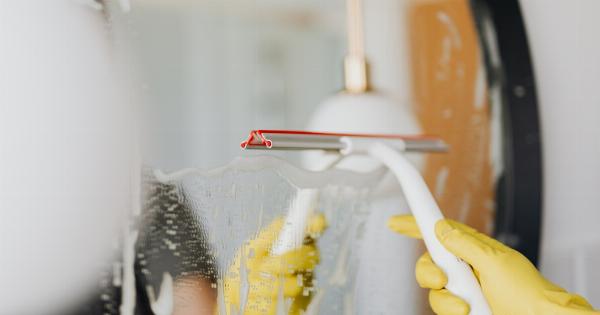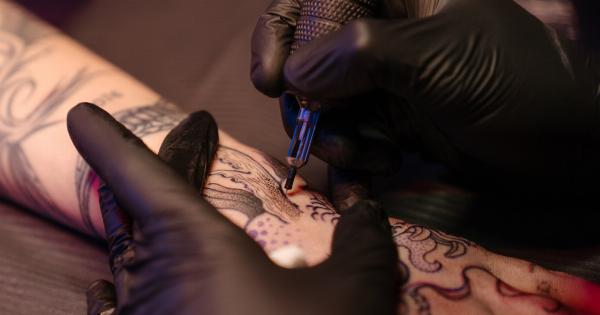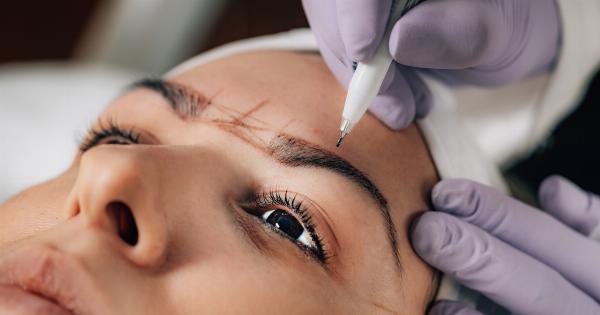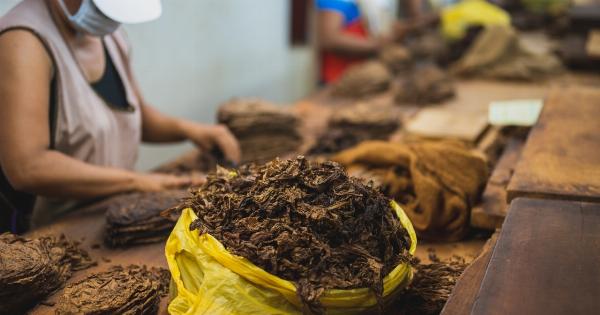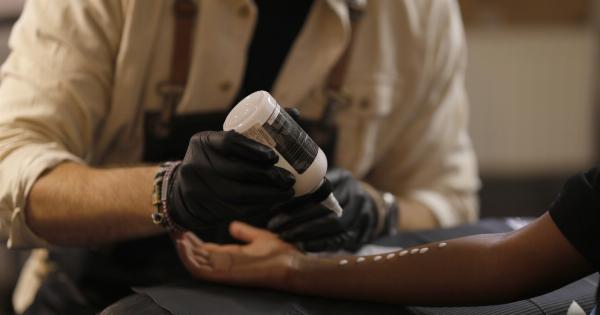If you’re thinking about getting a tattoo removed, there are several things you need to know before you get started. Tattoo removal requires a lot of patience and persistence, and it can also be quite expensive.
In this article, we’ll go over everything you need to know about tattoo removal, including different types of removal methods and aftercare tips.
Types of Tattoo Removal Methods
There are several types of tattoo removal methods available today, including laser removal, excision, dermabrasion, and fading creams. Below, we’ve provided an overview of each method to help you make an informed decision:.
: Laser Removal
Laser tattoo removal is one of the most common methods of removing tattoos. This method uses high-intensity light rays to break down the ink particles in the tattoo.
The ink particles are then absorbed by the body and eliminated through the lymphatic system. Laser removal requires multiple sessions, and the number of sessions will depend on the size, color, and location of the tattoo.
: Excision
Excision is a surgical method of tattoo removal that involves cutting out the tattooed skin and stitching the surrounding skin back together. This method is typically used for smaller tattoos or those in areas where scarring won’t be an issue.
: Dermabrasion
Dermabrasion is a method of tattoo removal that involves using a rotating brush to remove the top layers of the skin. This method is typically used for smaller tattoos and can be painful and leave scars.
: Fading Creams
Fading creams are topical treatments that are applied directly to the tattoo. These creams work by breaking down the ink particles in the skin and lightening the tattoo over time.
Fading creams are typically used for small tattoos or as a way to lighten a tattoo before undergoing laser removal.
Aftercare Tips
After you’ve undergone tattoo removal, it’s important to take proper care of the area to help it heal and prevent scarring. Below are some tips for aftercare:.
: Avoid Direct Sunlight
After tattoo removal, it’s important to avoid direct sunlight as much as possible. Sun exposure can cause the skin to darken and delay the healing process. If you must be in the sun, make sure to use a high-SPF sunscreen and keep the area covered.
: Keep the Area Clean and Dry
It’s important to keep the tattoo removal area clean and dry to prevent infection. Avoid soaking the area in water for at least a week and don’t apply any ointments or lotions until the area has completely healed.
: Avoid Scratching
It’s common to experience itching after tattoo removal, but it’s important not to scratch the area. Scratching can cause the skin to become irritated and may lead to scarring.
If you experience itching, you can try applying a cool compress or taking an antihistamine to relieve the symptoms.
: Be Patient
Tattoo removal is a process that takes time, and it’s important to be patient and persistent.
It may take several sessions to completely remove a tattoo, and it’s important to follow the aftercare instructions carefully to ensure the best possible outcome.
The Cost of Tattoo Removal
Tattoo removal can be quite expensive, and the cost will depend on several factors, including the size, color, and location of the tattoo, as well as the type of removal method used.
Laser removal is typically the most expensive option, with prices ranging from $200 to $500 per session. Excision and dermabrasion are typically less expensive, but the recovery time may be longer.
Conclusion
Tattoo removal requires a lot of patience and persistence, but with the right method and aftercare, it’s possible to achieve great results.
Whether you’re looking to remove a small tattoo or a large one, there are several options available to choose from. Just remember to be patient and follow the aftercare instructions carefully to ensure the best possible outcome.



